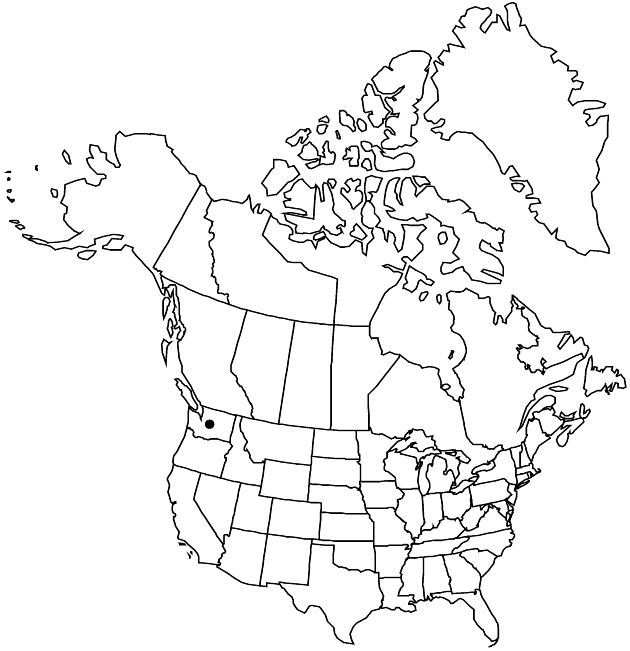Erigeron basalticus
Leafl. W. Bot. 4: 40. 1944.
Perennials, 7–25 cm; taprooted, caudices branched. Stems sprawling or pendent (branched), hirsute, minutely glandular. Leaves cauline; blades cuneate to obovate, 150–400 × 10–20 mm, nearly even-sized to near heads, margins 3-lobed or dentate (lobes sometimes with shallow secondary lobes or teeth, much narrower than central portion of blades, usually acute), faces hirsute, minutely glandular. Heads 1–4 (from medial or distal branches). Involucres 5–6 × 8–12 mm. Phyllaries in 2–3 series, usually densely villoso-hirsute, densely minutely glandular. Ray-florets 22–30; corollas white, drying pink to pinkish purple, 5–7 mm, laminae not coiling or reflexing. Disc corollas 3–4 mm. Cypselae ca. 1.5 mm, 2-nerved, faces sparsely strigose; pappi: outer of setae, inner of 10–15 bristles.
Phenology: Flowering May–Jun(–Oct).
Habitat: Dry, vertical, basalt cliffs of Yakima River and tributaries
Elevation: 300–500 m
Discussion
Of conservation concern.
Erigeron basalticus is in the Center for Plant Conservation’s National Collection of Endangered Plants.
Selected References
None.
